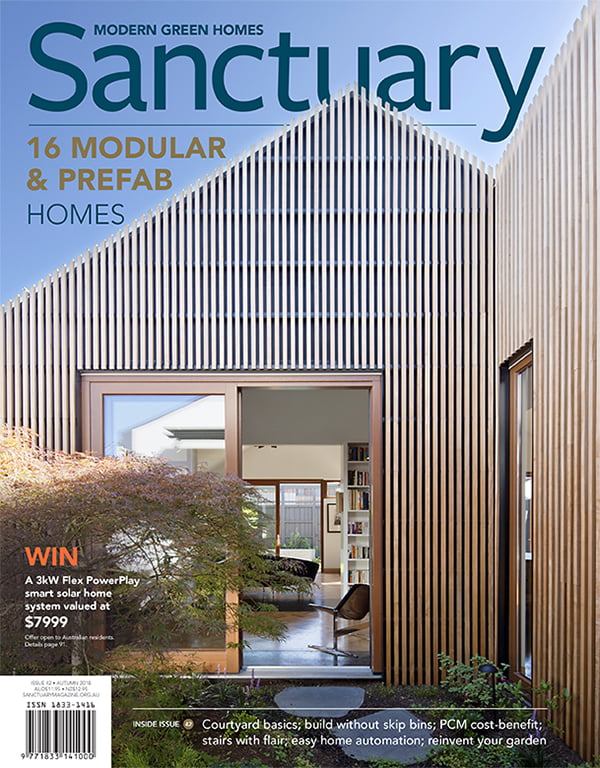Treat your site right
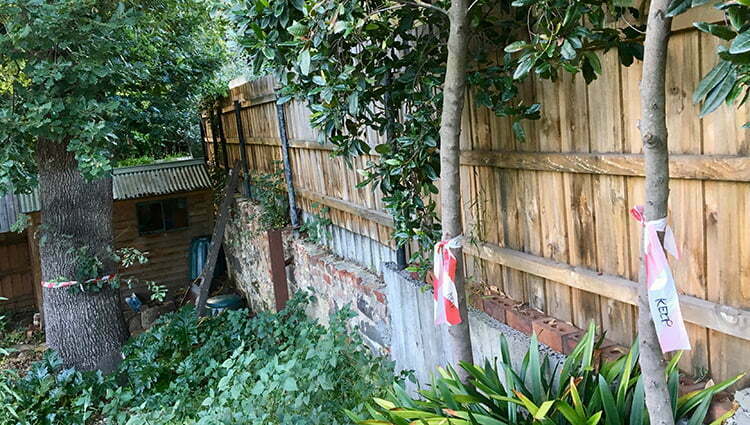
Too often gardens are trampled and destroyed during a building project but if you protect, rather than neglect, your soil and vegetation you’ll reap the rewards in your new garden, writes landscape designer Michael Tanner.
I’ve been struck by a concerning trend in our ever-busy urban landscape: something I call bare earth gardening. This is where an existing house is razed, the site scraped of any skerrick of identity and then replaced with a new building, a new garden and a new life.
There is an unfortunate misconception that it’s easier to create a new home and garden from an entirely bare and blank canvas. This is far from true. In fact, by taking this approach there’s a real risk the site will never regain the qualities that are scraped away.
Consider your landscape early, and as part of the house design
As a landscape designer, I’ve been involved in the making and remaking of gardens for lots of different clients. Along the way I’ve realised that every site I’ve worked was unique and full of its own inherent qualities, and that the best design outcomes are when I’ve been able to get involved in the process early, meeting the client or clients, their family, close friends and even near neighbours.
This process helps enormously with understanding who the garden is for and how it will be used. Further, where I’ve been able to meet with the architect, it has helped me better understand their take on the site and their understanding of the clients. Finally, when I’ve met the builders I’ve had the very best results. Why? Because we’ve worked together to achieve a larger design goal and preserve the best qualities of the site and what is already there: the soil, the trees, the microclimate and the myriad habitats that each of those elements support.
Generally, this interaction has happened well before I start the more formal steps of drawing or drafting – the part people might most associate with the design process. It’s these early steps – the ‘pre-design’ ones – that are critical in making a garden because they connect the client, the designers, the builders and landscapers with each other and with the site.
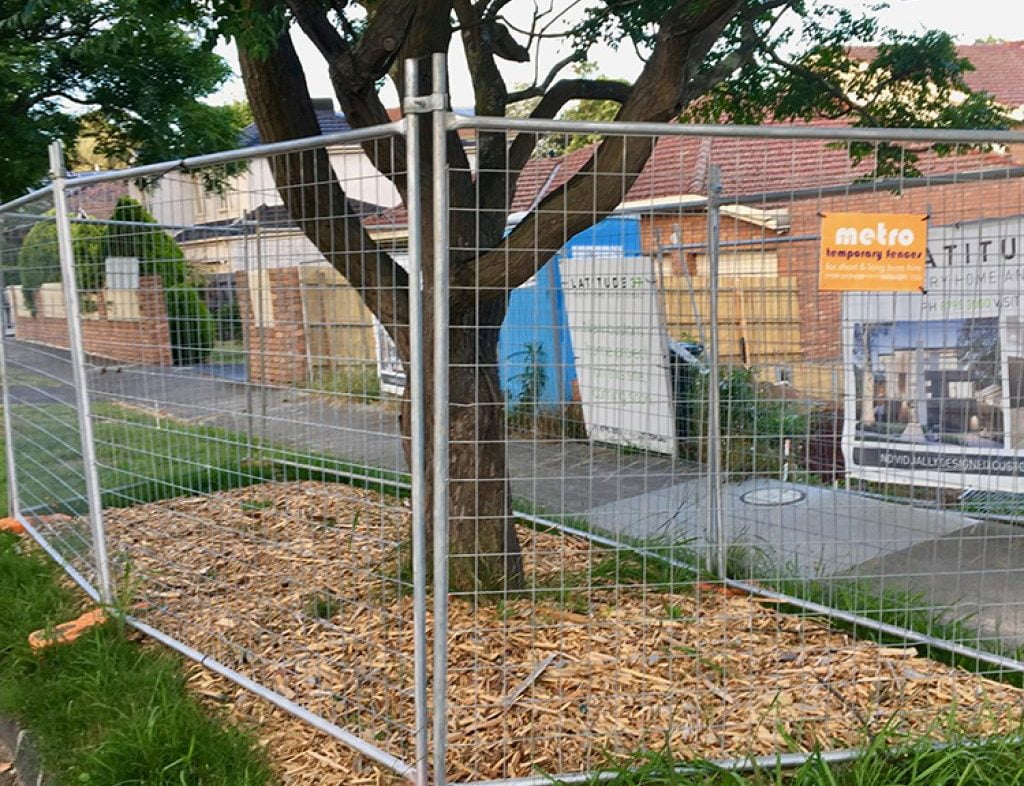
Write a landscape design brief
For a successful and sustainable garden, it is important to create a ‘what’s in and what’s out’ kind of map. This is fundamentally the bones of your design brief which should be a clear and concise picture of what your garden needs to look like and how you want it to perform – now and into the future so it can accommodate your changing lifestyle. It’s a statement of what you want from your garden; for example: ‘a relaxing, sustainable garden with interconnected spaces for play, relaxation and edibles, inspired by Australian bushlands’.
Undertake a site assessment
Use a site assessment checklist and local landscape design guidelines available through your council to work with your designers, or on your own, to gain a solid understanding of the existing condition and attributes of your site. Take into account the local climate now and what it might look like in the future (use climate tools for this – such as Climate Change in Australia).
Do this early, ideally before an existing house is demolished or changed, so you can fully understand how the site looks and feels with a building on it. Do it more than once if possible, in the hottest and coolest seasons. This way you know your garden will be resilient now and in the future.
It’s a great idea to identify what plants and trees are important to you, the ones you really want to keep, and tag these so everyone knows they are part of the new garden. If trees or established shrubs need to be transplanted to a different position in the new garden, plan to do it in their dormant season or in cool conditions.
Likewise, identify the areas on your site with the best soil – protect this as much as possible. If substantial excavation or vehicle movement across the site is likely then it’s worthwhile creating an area to stockpile excavated top soil – if that’s not possible see if there’s somewhere you can store it offsite, such as with a neighbour. Good soil from your garden shouldn’t be removed – it’s just too valuable.
This process helps enormously with understanding who the garden is for and how it will be used. Further, where I’ve been able to meet with the architect, it has helped me better understand their take on the site and their understanding of the clients. Finally, when I’ve met the builders I’ve had the very best results. Why? Because we’ve worked together to achieve a larger design goal and preserve the best qualities of the site and what is already there: the soil, the trees, the microclimate and the myriad habitats that each of those elements support.
Generally, this interaction has happened well before I start the more formal steps of drawing or drafting – the part people might most associate with the design process. It’s these early steps – the ‘pre-design’ ones – that are critical in making a garden because they connect the client, the designers, the builders and landscapers with each other and with the site.
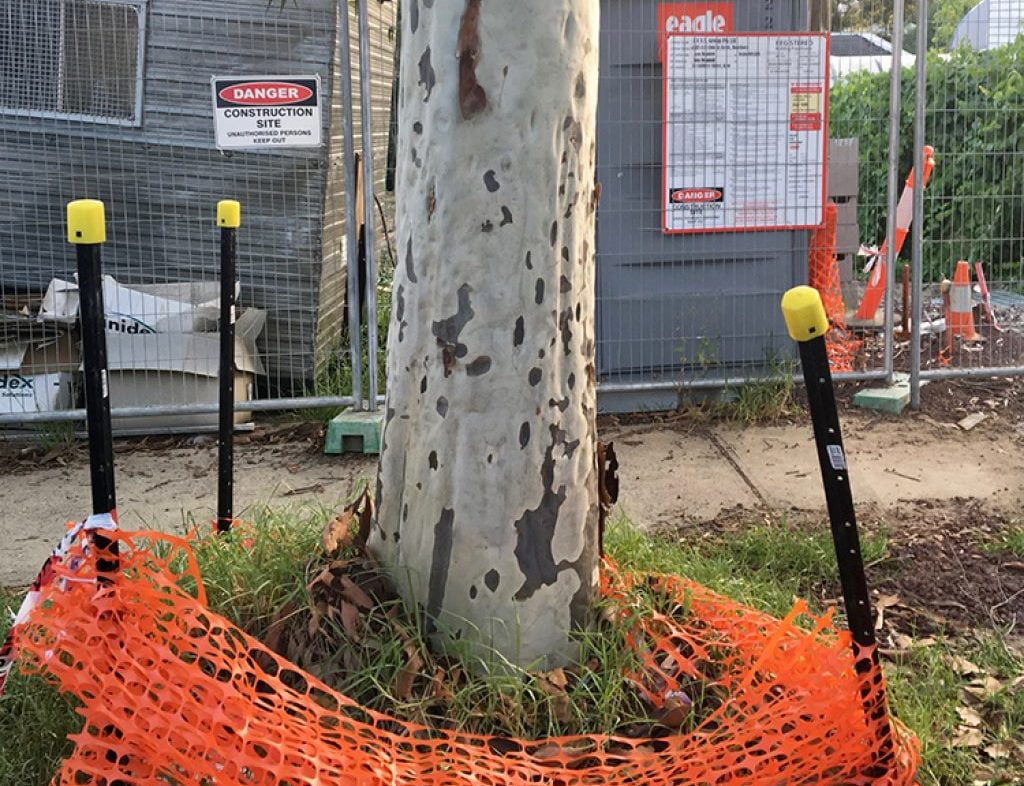
Consider your house design
You need to understand how your existing or new house will impact on the garden. How do existing trees affect the movement of light and wind through the site? What will any proposed building do to existing soils, including drainage?
This is where the early involvement of a landscape designer with your architect or building designer can really pay dividends. Carefully considering how existing trees might add value – aesthetically, ecologically and financially – to your new or renovated home might require the eyes of someone expert. All too often I’ve seen trees substantially reduced or removed on sites where they might’ve made great contributions to liveability.
Protect the existing site
The site owner and/or builder need to properly protect mature trees on development sites. To ensure this happens, it is important to establish rules and outcomes for the protection of your site’s existing soil and vegetation. Make sure your designers, builders and contractors understand and commit to these protections. The earlier the garden design process is started the better the outcome should be.
Plan to protect
Retaining natural soils and biodiversity of your site will reduce erosion and form the basis of you new garden – even ‘weeds’ can help preserve soil conditions by reducing evaporation.
The more intimate you are with a site, over a longer period (seasons rather than weeks) the more you and your designer will be able to respond intelligently and sensitively to the site. This should mean saving the existing site soil, and minimising soil compaction and contamination.
Physical controls
If you allow heavy traffic across the root zone or the stockpiling of materials onsite, it will result in substantial soil compaction and potential root damage for trees and significant vegetation. Too often I’ve seen fencing around trees that is inadequate. The correct method for protecting existing trees on development sites is to fence or create ‘no go’ zones around the critical root zone (area under the canopy) and cover the area with mulch. Fences and signs should be in place to protect everything you want to keep. For mature trees and significant vegetation, there may also be local council permit conditions and/or relevant Australian Standards you need to consult.
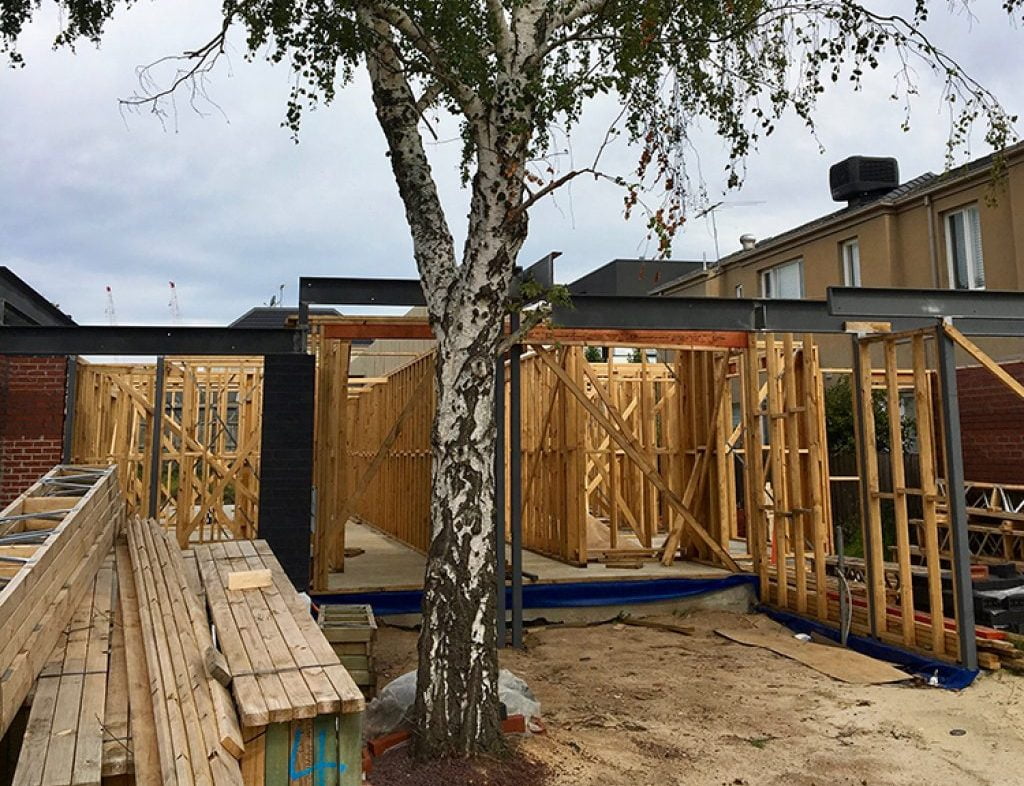
Protect your soil
When it comes to soil, the rule of thumb should be: protect rather than replace. Once natural soils are removed or eroded away, soil profiles compacted or upturned, mature trees removed, roots damaged or local fauna displaced it can be both expensive and a long process to restore or replace. Good dirt is garden gold – keep it at all costs. Even if the soil’s not perfect, you can work with it rather than dump it somewhere else, particularly given in that process of dumping it may become contaminated with building materials.
Maintain tree amenity
The large leafy green canopy of mature trees often extends over many properties and even though a tree might ‘belong’ to you because it’s growing on your property that tree has a significant value in terms of amenity and ecology to your neighbours. So it’s good sense to consider their perspectives. ‘Shared’ trees cool and shade many houses, they slow winds, clean dust and pollutants from the air, increase oxygen levels, and provide habitat for birds and insects that in turn contribute to the quality of many lives – through pollination, joy, pest control and so on. Established trees are the pillars of the local ecosystems of our neighbourhoods. If you doubt that, just visit a new development site – the treeless variety – to get a sense of how life without trees might feel. Saving trees saves habitat for existing fauna and flora, whether indigenous, native or exotic.
When a tree needs to be removed, consult with your landscape designer, a horticulturist or arborist. It’s worth asking if the tree can be transplanted on site or moved to a new home.
Site protection laws
The Australian Standard AS 4790-2009 Protection of trees on development sites provides detailed instructions on the process of identifying, protecting and controlling existing trees on building sites. This is the main standard that local councils use when instructing developers on protecting or removing and replacing existing trees. However, council rules and codes vary considerably so not every ‘significant’ tree will be identified as needing protection – it often comes down to whether a project even requires a building permit (garden makeovers often don’t), a development permit or other more complex permission and permits.
This means it’s really up to you and your designer to identify and protect significant trees, beyond your council’s requirements. In short, don’t just rely on your local council’s rules. But do use AS 4790-2009 to inform your builders on how you want significant trees protected on your site.
Important considerations
Design brief – this should be a clear and concise statement of what your garden will be (for example: a relaxing, sustainable garden with interconnected spaces for play, relaxation and edibles, inspired by Australian bushlands).
Design fee proposal – a document from your designer/architect/contractor that clearly responds to the design brief, identifies and lists what will be delivered (in terms of design context and extent), a timeline for the project and the fees involved.
Design plans – every project is different in style and extent, as is every budget. Fundamentally, your plans will include draft and finished concepts, the planting plan, irrigation, lighting and hardscape details (such as elevations/perspectives and construction drawings).
Council permits – these might be basic or complex depending on your site, but will generally detail the council’s expectations and requirements in regard to tree protection, existing vegetation, access, and building and development.
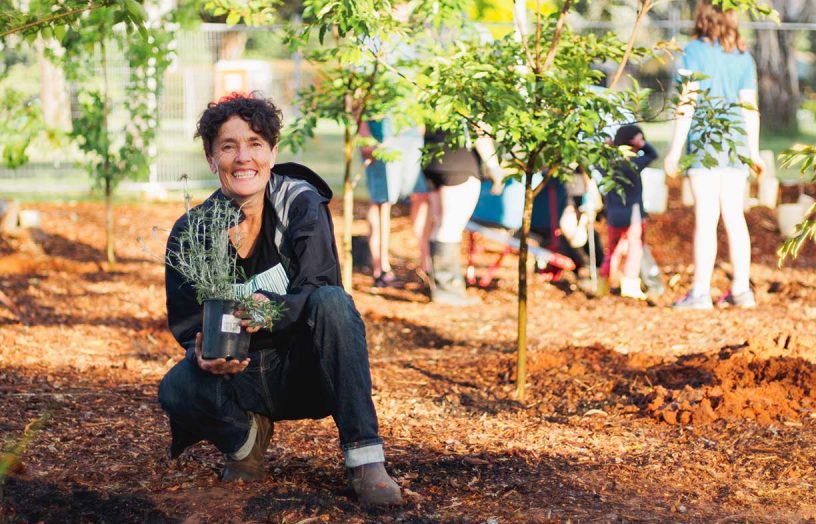 Outdoors
Outdoors
Pocket forests: Urban microforests gaining ground
Often no bigger than a tennis court, microforests punch above their weight for establishing cool urban microclimates, providing wildlife habitat and focusing community connection. Mara Ripani goes exploring.
Read more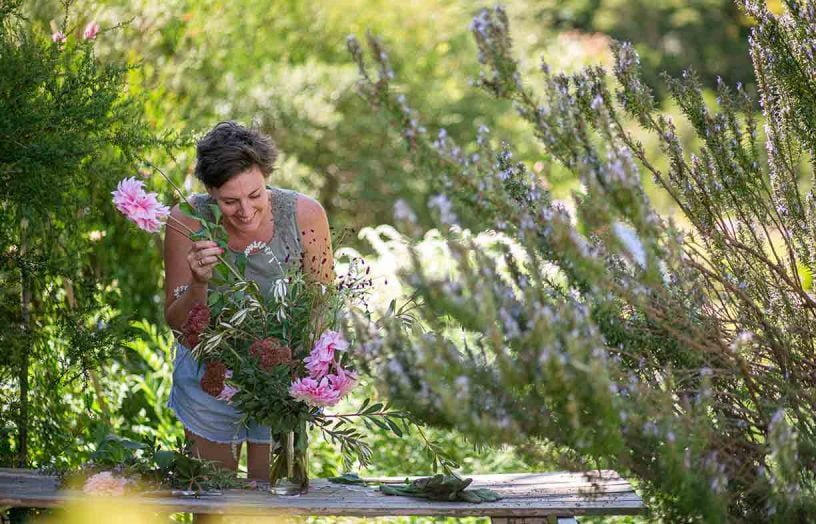 Outdoors
Outdoors
Nourished by nature: Garden design for mental health and wellbeing
There’s plenty of evidence that connection with nature is beneficial for both mind and body. We speak to the experts about designing gardens for improved mood and wellbeing, and what we can do at home to create green spaces that give back in a therapeutic way.
Read more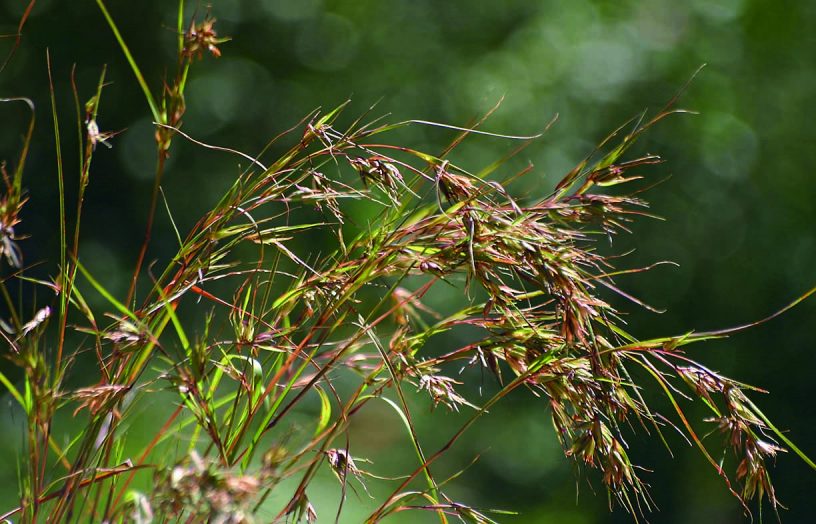 Outdoors
Outdoors
In the line of fire: Plant list
Download a list of popular native species to accompany our Sanctuary 51 article 'In the line of fire: Garden design to reduce the threat of bushfire'.
Read more

